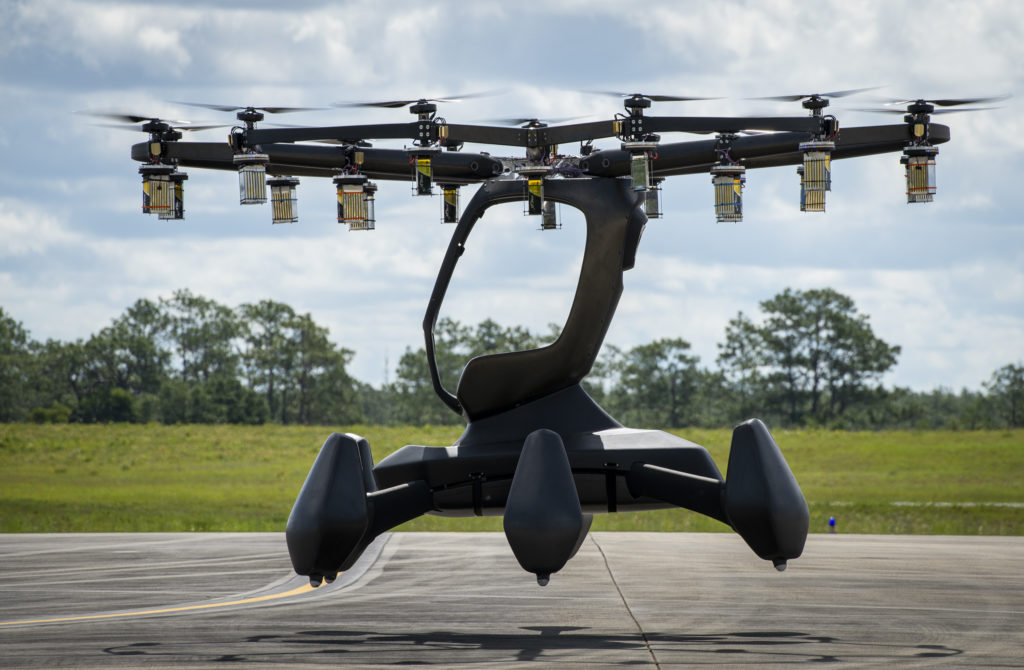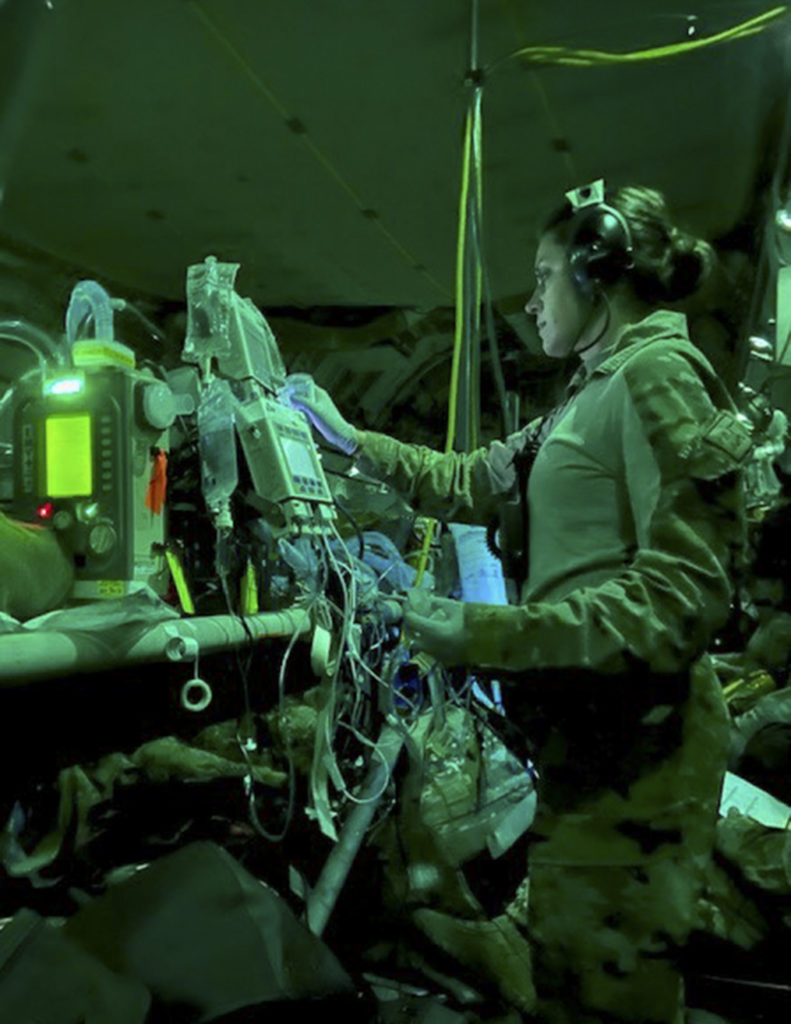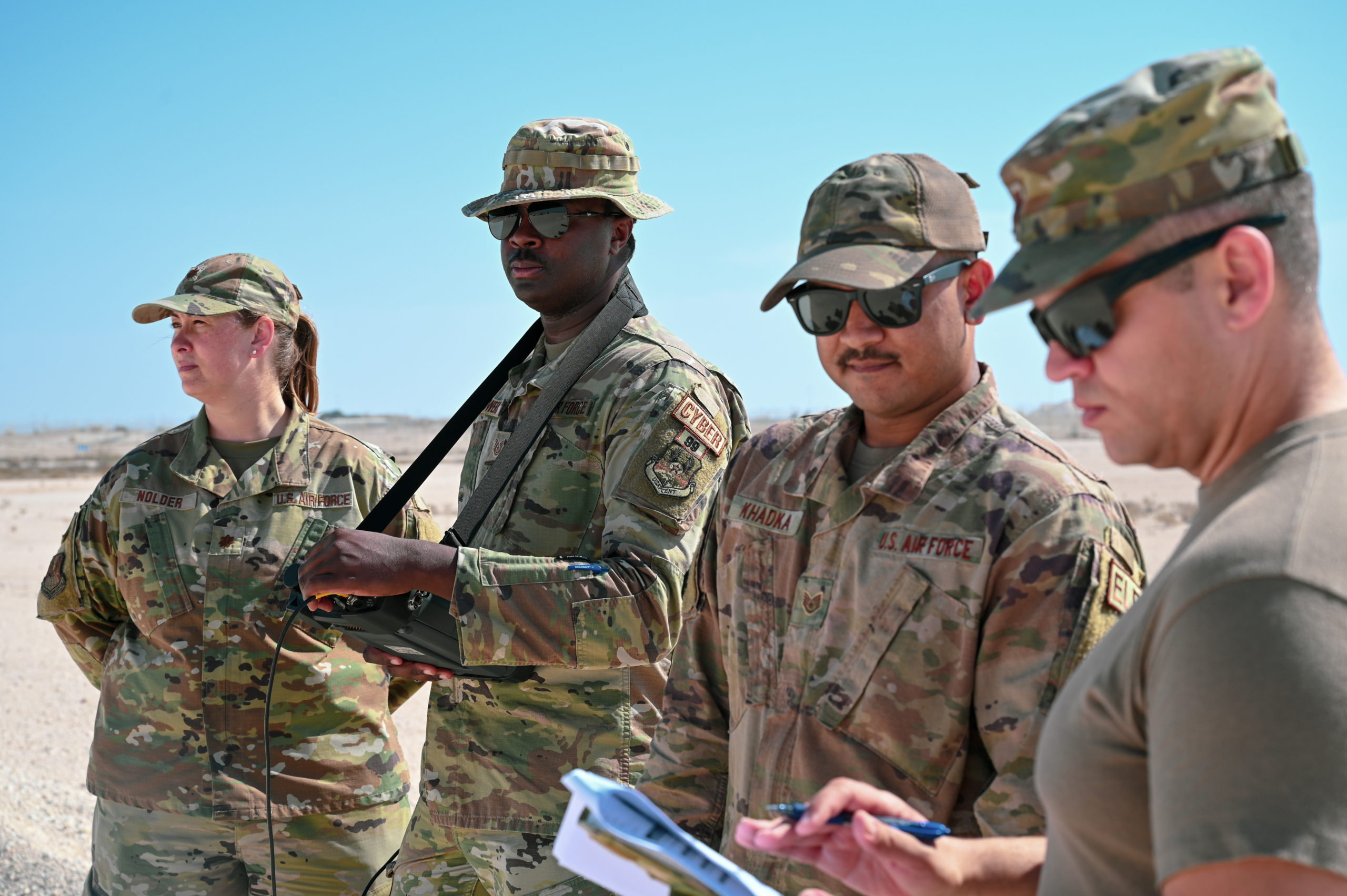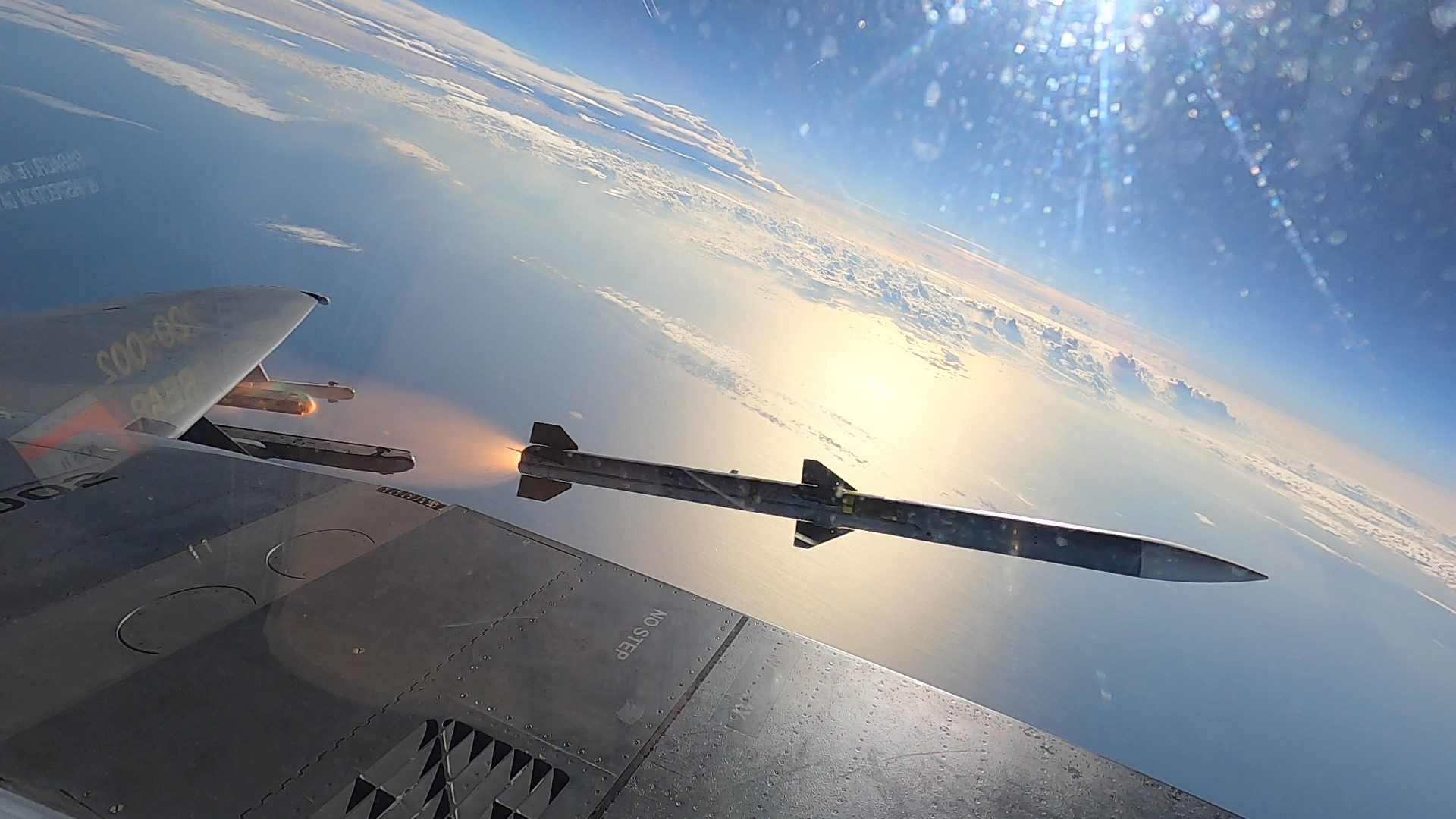After several years of analysis, experiments, and contract awards, the Air Force’s work with electric vertical takeoff and landing (eVTOL) aircraft initiative is poised to transition to more field testing in 2023.
Since April 2020, the service has been looking at eVTOL aircraft, including fixed-wing and rotor configurations, through an initiative that combines military and commercial resources to create, test, and field the smaller aircraft, which could have a variety of uses carrying small numbers of personnel or cargo.
Known as AFWERX Agility Prime, the initiative is aimed at creating a new atmosphere of cooperation between government and industry and spurring innovation and development in the eVTOL space. At the cornerstone of this cooperation with industry is AFWERX AFVentures, which operates the Air Force’s Small Business Innovation Research (SBIR) and Small Business Technology programs.
After more than two years of important milestones, the program and its many partners are poised to take big leaps in 2023.
“Our big focus this year that we need to do for the program is get some of the piloted and larger platforms out in the hands of our test professionals,” Lt. Col. Thomas Meagher, AFWERX Prime division chief, told Air & Space Forces Magazine. “You can get these things into exercises and see what they can do, which serves two purposes: One, it informs us for those use cases … but then, two, it also shows others what they are capable of, which will, in turn, inform Air Force and DOD decisions.”
With its own expertise, resources, and assets, the Pentagon and USAF can support innovative companies, which in turn bring an abundance of high-tech knowledge to the table.
“Just providing some of those things is certainly a key area of collaboration that they’ve found very valuable that the government can do fairly easily,” Meagher said. “It’s been fairly successful and beneficial for them going out the door.”
These strides are not lost on the many commercial industry partners working with the Air Force.
Among eVTOL milestones reached in 2022, Joby Aviation scored a high-altitude mark of more than 11,000 feet and a speed of more than 200 mph. The company previously received approval for military airworthiness in late 2020.
Greg Bowles, Joby Aviation’s head of government and regulatory affairs, said the company looks forward to future collaboration and understands the importance of ensuring U.S. leadership in eVTOL advancement.
“Joby has been a part of Agility Prime since its inception, allowing us access to critical government test facilities and providing funding for us to further prove out the reliability and efficiency of the design,” he said. “The partnership provides valuable support for ongoing development efforts and allows Joby’s partners to see first-hand the potential for this aircraft in their future concept of operations.”
BETA Technologies reached a major milestone as well when two Air Force test pilots sat behind the controls of its ALIA aircraft in March 2022.
“This marked the first time an Airman from the USAF flew an eVTOL aircraft, and signifies the military’s readiness to procure and integrate electric aircraft into its fleet,” said Camron Guthrie of BETA Technologies. “For BETA, the relationship has been deep and collaborative, as it’s enabled us to use DOD resources and expertise to help assess the airworthiness of our designs, optimize our flight test planning, and share lessons learned as we expanded the envelope of our all-electric aircraft.
The ALIA also set additional high marks in 2022, achieving a 255-mile range and a high-endurance flight time of 2 hours, 2 minutes.
Elroy Air is another partner that has seen strides in the past year and is looking forward to future collaboration, which began with a SBIR contract in 2019. Their Chaparral aircraft represents some of the dual potential in the program—while working with the armed forces, Elroy is also slated to begin testing with FedEx in 2023 for business-to-business unmanned deliveries.
Karl Purdy, Elroy Air’s director of business development said flight autonomy, a particular area of interest for the Air Force, is a focus for the company. Right now, phase one of autonomy involves the pilot only interceding when necessary. Moving forward, that technology will expand.
“Phase two will be the aircraft determining options for potential conflicts and informing the operator who can say, ‘Yep, go ahead,’ or ‘No, do this instead,’” he said. “Phase three is the aircraft making all the decisions, notifying the operator of what it’s doing, but has no expectation for the operator to get involved.”
LIFT Aircraft had some recent firsts as well, with the company training the first Air Force cadre to fully operate an eVTOL aircraft. LIFT also received a Phase III Agility Prime contract last year that led to additional testing at Eglin Air Force Base, Fla.
“We favor a more aggressive testing approach than others may have in the past with manned aircraft, and the reason is, we can test unmanned first,” Kevin Rustagi, director of business development for LIFT said. While still being safety conscious, LIFT has used that aggressive testing process to gather valuable data, which is why the Air Force has engaged small business, Rustagi added.
“There’s been a lot of interesting back and forth, because there are times when we say, ‘Oh, actually, let’s really slow down and focus on this thing,’ and the Air Force has been very encouraging on that, and then … there are times when we say, ‘All right, let’s go ahead and accelerate here,’ and I think the Air Force has been receptive to that as well,” Rustagi said.

Brandon Robinson, CEO of Horizon Aircraft, noted the speed at which the Air Force can onboard some of this technology and also keep its finger on the pulse of the ever-developing industry through this process. Horizon participated in the AFWERX High Speed Vertical Takeoff and Landing Challenge with its Cavorite X-series aircraft in 2022 and were accepted for the program’s Phase 1 investment.
“Ours is unique, insofar that it’s one of the fastest machines in the market,” Robinson said.” It’s also hybrid electric, so it’s not limited to a 100-kilometer range, because it has batteries and a typical gas burning turbine engine on it.”
But with his company actively innovating in areas such as high-voltage electric systems, ducted fan design, hybrid electric systems, and advanced electric motors, some challenges exist.
“People with extensive knowledge in these areas can be very hard to find, and they are in high demand,” he said. “We count ourselves fortunate to have assembled a world class team here at Horizon Aircraft and we will continue to push to bring on world-class talent in 2023.”
As 2023 begins, Air Force and industry officials said they continue to discover new opportunities as the program evolves.
“Whether it’s in the advanced air mobility sector or leveraging the other investment in other areas within aviation, there [are] a lot of new ideas that are out there on the civilian side … that will eventually have certainly some interest in use on the DOD side,” Meagher said. “So, finding where those key areas in industry and investment are that have the potential to make significant impacts down the road is really what the program is about and the approach is about.”









